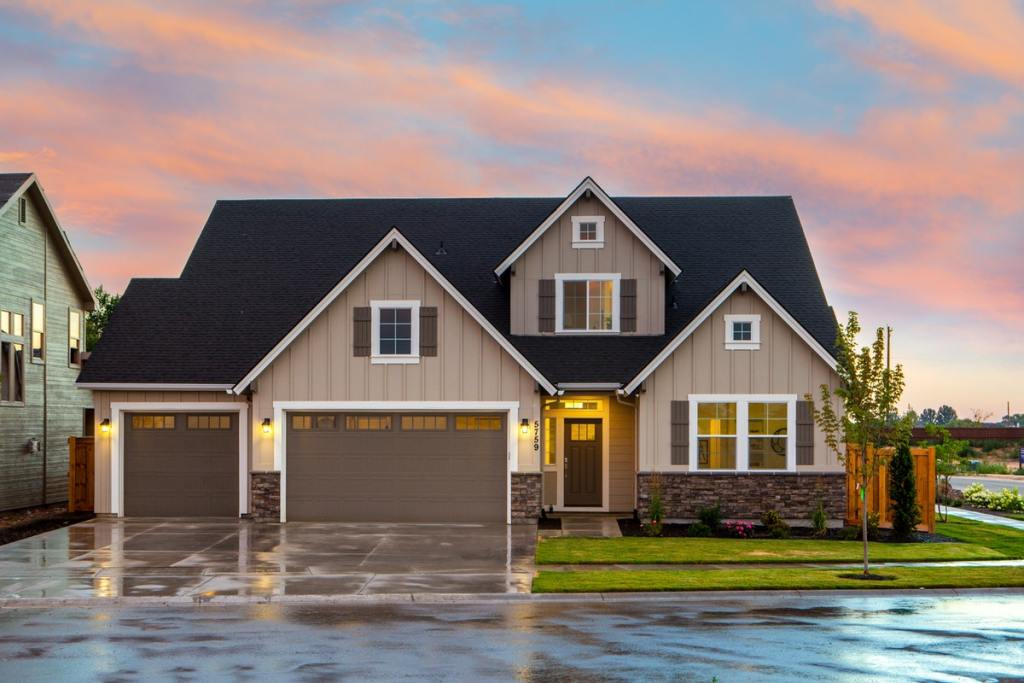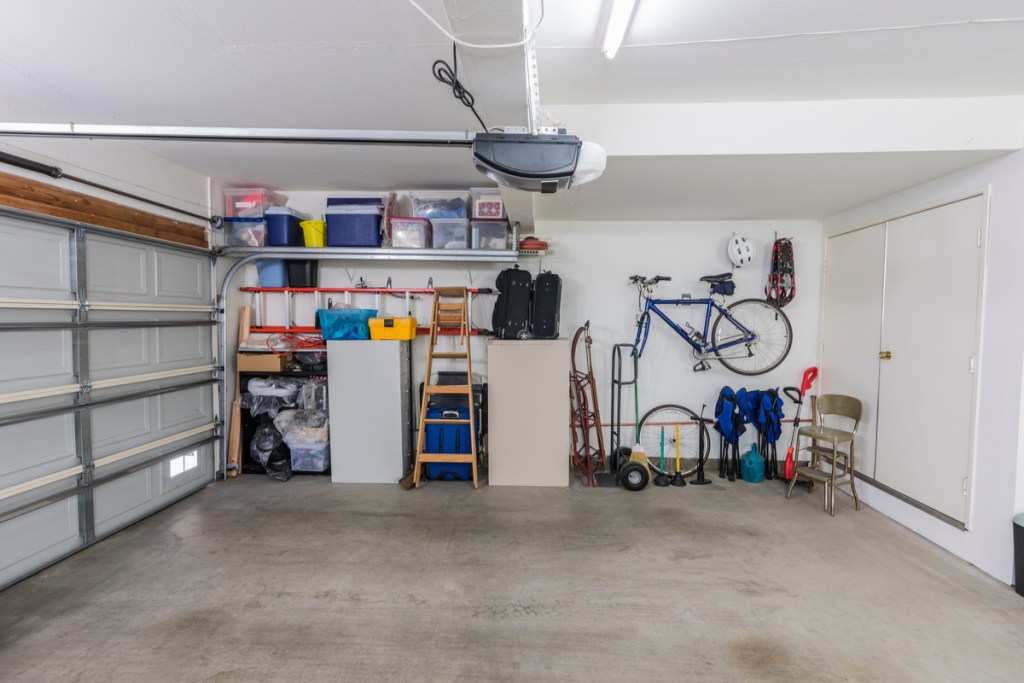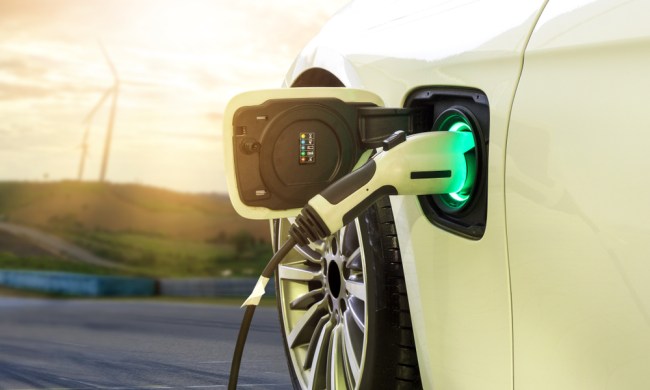
Nowadays, many garages rarely shelter a car. Instead, they become multi-use spaces to house workshops and crafting areas, extra living space, or storage. While this large space can add usable square footage to the home, garages are often not connected to the home’s climate control systems, which can cause them to be unbearably hot in the summer.
By adding an energy-efficient garage heating and cooling system, you can create a more comfortable space and improve the storage environment, especially if you’re holding fragile or delicate items in there. There is a wide range of cost, time, and energy-efficient cooling options, including mini-split systems, through the wall air conditioners, window units, and portable air conditioners. To decide which system is right for your garage, consider the size of the space, your budget, and the intensity of hot weather in your region.
Garage size matters
The larger the garage is, the more powerful the cooling system needs to be. But how do you know how much power your system should have? Check the BTU. Cooling power is measured in British Thermal Units (BTUs), with one BTU equalling the amount of energy required to heat one pound of water by one degree Fahrenheit. Air conditioners are rated in BTUs to show their cooling power — the higher the BTUs, the more powerful the unit.
An uninsulated garage requires about 30 BTUs per square foot for adequate cooling power, but it varies based on the temperature outside. Therefore, cool climates in the north won’t need quite as much power as the hotter southern regions. Use the following sizes as general guidance:
- 1 car garage 7,200 to 9,000 BTUs
- 2 car garage 13,200 to 15,000 BTUs
- 3 car garage 16,000 to 18,600 BTUs
- 4 car garage 20,000 to 24,000 BTUs
Efficiency saves you money
Most garages are not well insulated, and many are not insulated at all. Use a portion of your budget to insulate the garage walls, windows, and doors and close any gaps around the door or windows. By reducing heat exchange with the outside, you can keep the cool air inside and not overwork the system.
An efficient system leads to lower energy bills, so take a look at the energy efficiency ratio (EER) rating of an air conditioning unit before purchasing it. Found in air conditioner technical specifications, this figure rates how well an air conditioner converts electricity into cool air. Further, keep an eye out for systems with the ENERGY STAR symbol. These appliances operate at least 10 percent more efficiently than their non-qualified peers, giving you the same cooling power for less.

Mini-split air conditioners
Ductless mini-split air conditioners are scaled-down versions of the standard split air conditioner and heat pump systems used in residential heating and cooling. While these are the most efficient cooling systems, they also have the greatest upfront cost.
A condensing unit attaches to the outside of the garage with a compressor to circulate refrigerant. Power and refrigerant lines connect to a wall unit inside the garage that then distributes the cooled (or heated) air, while a condensate line drains water from the unit to the outside.
A 12,000 BTU mini-split system costs about $3,000, with EER ratings ranging, approximately, from 11 to 17. Mini-splits must be installed by HVAC professionals, so don’t expect a DIY project. This kind of system is an excellent choice for those who use the garage space daily, need an efficient way to make it comfortable, and are willing to pay a premium for it.
Through-the-wall air conditioners or window air conditioners
Both window units and wall units are affordable garage cooling options that do not require professional installation. Window units are fast and easy to install, taking only minutes. Through-the-wall air conditioners are also DIY safe but require the installer to be comfortable cutting an opening in the garage wall.
Window and wall air conditioners are plug-and-play devices that simply plug into standard 115-volt wall outlets. The unit houses both the condenser-compressor and the air intake and distribution components. Since these types of units discharge condensate water to the outside, be sure the area below the opening is clear.
A 12,000 BTU wall air conditioner costs between $500 and $850, while window air conditioners go for $300 to $800. Most feature EER ratings between 10 and 13, with some high-efficiency models securing ratings up to 15. Window and wall units make sense for budget-conscious homeowners who only need to cool the space from time to time.
Portable air conditioner
As a temporary solution, they’re okay, but portable air conditioners are largely inefficient. They cost about the same as window air conditioners but don’t perform nearly as well. These units take up valuable floor space, need to be vented to the outside, and only offer EER ratings of about 8 to 11. All in all, they cost much more to operate than other systems and don’t provide any additional benefits that make the investment worth it.
To get the most out of your garage space, you need to make it comfortable. An efficiently cooled garage is a better place to work out, craft, or store your stuff. Regardless of how your choose to use this space, it pays to choose the right air conditioning system for your garage.



